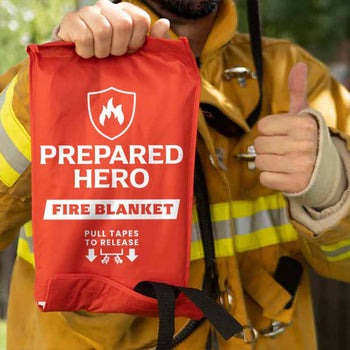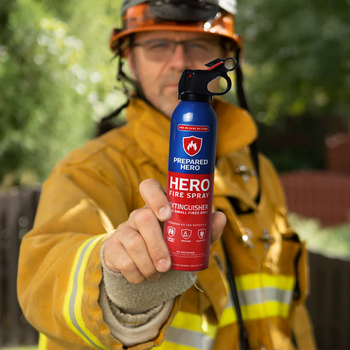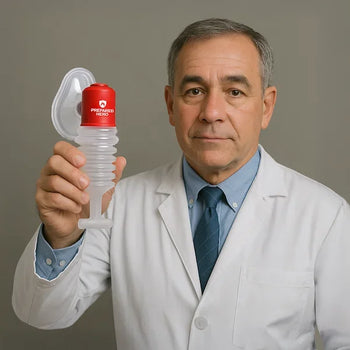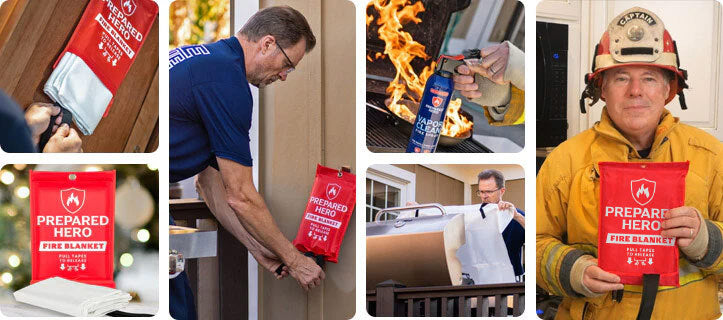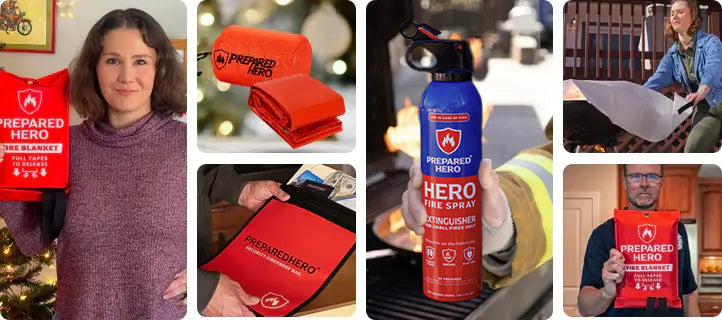Where you put your smoke detectors matters just as much as installing them. Proper placement makes sure they can detect...
Running a busy commercial kitchen means juggling a lot, and one mistake can cost you everything. This is where NFPA 96 comes in. It covers everything you need to do to keep your kitchen safe and compliant.
But what exactly does NFPA 96 include? How does it help you, your staff, and your customers stay safe? Whether you’re serving a few customers or running a full-scale restaurant, knowing NFPA 96 could be the difference between a smooth operation and a dangerous disaster.
What Is NFPA 96?

NFPA 96 is the Standard for Ventilation Control and Fire Protection of Commercial Cooking Operations. It’s the go-to guide for reducing fire hazards in public and private commercial kitchens. It also works with safety tools like fire blankets, fire sprays, and flame shields to prevent fires. Plus, the standard is created by the National Fire Protection Association and is used worldwide as the industry benchmark for preventive and operational commercial kitchen fire safety requirements.
Its main goal is to reduce the risk of grease fires, which can spread quickly if commercial kitchen hoods, ducts, and fans aren’t properly installed or maintained. These rules apply to restaurants, cafeterias, food trucks, and any other commercial kitchen.
A major part of NFPA 96 is ventilation control. Exhaust hoods should be made of strong, fire-resistant materials like steel or stainless steel, and sealed to be liquid-tight. Plus, ducts should direct smoke and grease outside without sharp turns or traps that can collect residue.
In addition, fans have to be designed for this. They need flexible wiring and easy access for cleaning and inspection. On top of that, hoods, ducts, and fans must have safe clearance from anything that could catch fire.
Fire protection is another big requirement. Automatic fire suppression systems, such as UL300-compliant systems, should be installed and maintained by trained professionals. Portable fire extinguishers are also required, especially Class K extinguishers made for grease fires. Since kitchens contain cooking hazards and electrical equipment, the right type of extinguisher must be ready for kitchen fires.
Maintenance and cleaning are just as important as the setup. NFPA 96 also requires regular cleaning of hoods, ducts, filters, and fans to stop grease buildup. The frequency depends on how much cooking is done. High-volume kitchens may need weekly cleanings, while others might need it quarterly. Certified professionals should do the cleaning, and local authorities have the final say on compliance.
What Are the NFPA 96 Requirements for Hood Cleaning?
The NFPA 96 requirements for hood cleaning are about keeping commercial kitchens safe by removing grease buildup from the entire exhaust system. Grease is highly flammable, so it can easily start a fire if left unchecked. That’s why NFPA 96 sets clear rules on how often systems should be cleaned and who should do the work.
Cleaning covers the entire system, not just the hood you see in the kitchen. This includes the hoods, grease filters, ducts, fans, and rooftop termination point. Everything must be cleaned to bare metal before grease or oily sludge gets too heavy.
To make this possible, exhaust systems have proper access points or doors. This way, professionals can clean and inspect the equipment thoroughly. NFPA 96 also requires UL-listed grease filters because they reduce fire risk.
Plus, the frequency of cleaning depends on the type of cooking. Solid fuel operations, like wood or charcoal cooking, need to be cleaned monthly. High-volume kitchens, such as those that run 24 hours or use woks or charbroilers, should be cleaned quarterly. Moderate-volume kitchens usually require cleaning twice a year, while low-volume operations, like churches or seasonal facilities, can be cleaned annually.
Rooftop grease containment is another requirement. Systems must have a collection device at the rooftop termination point to prevent grease from spilling onto the roof.
How to Get NFPA 96 Certification?

You can get NFPA 96 certification by completing a training program from an approved provider, passing the exam, and renewing every few years to stay updated with the standards.
Getting an NFPA 96 certification is about showing you understand and can use the standards for commercial kitchens. The NFPA doesn’t directly issue the certificate. You have to go through training programs offered by acknowledged providers who base their courses and exams on the NFPA 96 standard.
First, be familiar with NFPA 96. This standard covers requirements for ventilation, fire protection, and commercial kitchen cleaning. You also need a copy so you can study the details before training.
Next, you have to find a training provider that specializes in kitchen exhaust cleaning. Their programs are built around NFPA 96 and usually combine classroom learning with practical, hands-on lessons. Some providers also offer online learning if you can’t attend in person.
Once you finish the course, you have to take a proctored exam. Passing this exam proves you understand NFPA 96 and can apply it in real life. After passing, you’ll receive your certificate, which usually lasts for three years.
It’s important to note that there’s a difference between general NFPA certifications and NFPA 96 certifications. NFPA offers its own certifications in fire protection, but you can only get the NFPA 96 certification through approved training providers.
Lastly, don’t forget about recertification. Standards can change, so you’ll need to renew every few years to stay updated.
What NFPA Code Is for Fire Sprinklers?
The main NFPA code for fire sprinklers is NFPA 13. It covers how fire sprinkler systems should be designed and installed in most buildings. It lays out the rules for system design, installation methods, water supply, and testing.
For homes, there’s NFPA 13D, which applies to one- and two-family houses, townhouses, and mobile homes. If you’re dealing with residential buildings up to four stories, NFPA 13R is the one to look at. Meanwhile, NFPA 25 covers inspection, testing, and maintenance of sprinkler systems.
In short, NFPA 13 is the backbone code, while 13D, 13R, and 25 cover specific situations.
How Much Does It Cost to Get NFPA 96 Certified?

The cost of getting NFPA 96 certified depends on the training provider, the course format, and whether it includes hands-on training. On the lower end, you might need to spend around $250 for a renewal or a basic certification exam. On the higher side, full training packages with online lessons and hands-on practice can go up to $3,000 or more.
Several factors influence the price. Online courses are more affordable than in-person training. However, in-person programs give you practical experience that’s needed in real-life situations. Some providers also offer company-wide compliance certifications, which cost more. Materials like study guides or business resources are sometimes bundled into higher-priced programs.
Do You Need a License to Clean Kitchen Hoods?
Whether you need a license to clean kitchen hoods depends on where you’re located and the type of services you provide. In many areas, a license, permit, or certificate is required to show that you’re trained to handle grease buildup safely and in line with fire codes like NFPA 96.
A license or certificate matters for several reasons. First, it’s about fire safety. Kitchen hoods collect grease, which is highly flammable. Licensed cleaners are trained in NFPA 96 standards, which prevent dangerous Class K fires.
Second, it helps with legal compliance. Many jurisdictions only allow certified technicians to do this work. Insurance is another factor, as some providers won’t cover your business unless you hold proper certification. On top of that, being certified builds customer trust, especially with large restaurants and chain establishments that often require proof of certification before hiring contractors.
If you’re unsure about what applies in your area, there are a few steps you can take. Start by contacting your state fire marshal or local fire department to confirm requirements. If your services go beyond cleaning, like making repairs or renovations, you may also need a contractor’s license. Plus, review NFPA 96 standards so you understand the safety rules you’ll be expected to follow.
What Is the Life Expectancy of a Kitchen Hood?

A kitchen hood usually lasts about 10 to 15 years. A well-built, high-quality model can keep going for 15 to 20 years if you take good care of it. Build quality, frequency of use, and regular maintenance affect its lifespan. Cleaning grease buildup and replacing worn parts also play a huge role in its life expectancy.
The fan motor tends to wear out the fastest. In several cases, it causes a Type 1 or Type 2 hood to fail. If you cook often, your hood will see more wear and tear compared to one that’s occasionally used. For this reason, regular maintenance is needed to get the most out of it.
You’ll know it’s time for a replacement when performance drops, like when it’s no longer removing smoke or odors properly. Excessive noise is another red flag, which points to fan motor issues. Visible damage or wear on the unit itself is also a clear sign.
If you’re facing multiple issues at once, it may be more affordable to replace the hood entirely rather than repairing it. With proper upkeep, though, your hood can last well beyond a decade and keep your kitchen safe.
What Commercial Kitchen Equipment Does Not Require a Hood?
Not every piece of commercial kitchen equipment requires a hood. Thanks to ventless technology, many appliances come with built-in filtration systems that handle smoke, grease, and steam. This can save commercial kitchens money and space.
Ventless ovens are a good example. Options like combination, cook-and-hold, and rapid cook ovens use filters or catalytic converters to clean the air before releasing it back into the kitchen. Ventless fryers also exist, so you can fry food without a hood. These are perfect for food trucks or smaller operations.
Other ventless options include grills and griddles with internal filtration systems. These let you cook in customer-facing areas without heavy smoke and nasty odors. Even some dishwashers are ventless. They use steam from one cycle to heat incoming water for the next.
Plus, appliances like toasters, slow cookers, and microwaves usually don’t need hoods. That said, requirements vary depending on local fire and health codes. So, always check with your local authority before setting up your equipment to make sure you’re compliant.
What Is the Grace Period for NFPA?

The NFPA grace period is basically a transition window that gives manufacturers time to adjust when a new safety standard takes effect. It usually lasts between 12 and 18 months. During this period, companies can continue selling products that meet the older version of the standard while preparing their operations and designs to comply with the new one.
For example, the new NFPA 1970 standard has an 18-month grace period. That means devices certified under older rules can still be sold for a limited time. However, any new product made after the effective date has to meet NFPA 1970 right away with no exceptions.
The grace period helps manufacturers in a few ways. They can sell off older inventory, invest in research and development, and get their new products certified. It’s not a free pass, though. Companies can’t keep certifying new products under the old standards once the new one is active. And after the grace period ends, only products that meet the latest NFPA requirements can stay on the market.
This system matters because it keeps things running smoothly. Fire departments and other users don’t face sudden shortages of essential gear. Manufacturers and testing labs also get the time they need to update designs, materials, and testing processes. That’s especially important with complex standards like NFPA 1970, which deal with issues such as restricted chemicals and advanced electronic components.
Are NFPA codes mandatory?
NFPA codes by themselves are not mandatory. The NFPA creates safety standards, but they don’t have the power to enforce them. These codes only become legally required when federal, state, or local governments say so. For example, agencies like the OSHA (Occupational Safety and Health Administration) use some NFPA standards in their regulations. As a result, they’re mandatory for workplaces.
Even if not directly enforced by law in your area, many insurance companies and industries require compliance. It’s because NFPA codes are seen as the gold standard for fire and life safety. That means following them is a smart move to avoid fines, meet insurance requirements, and improve safety.
If you want to know if a specific NFPA code is mandatory for you, check your local building and fire codes, or contact your fire department.
Conclusion
NFPA 96 is all about keeping commercial kitchens safe from fire risks. It sets the standards for ventilation, cleaning, and fire protection to keep commercial kitchens safe.
Following these rules protects your staff and customers, keeps you compliant, and lets you run your business smoothly. Whether it’s proper hood cleaning, certification, or equipment setup, following NFPA 96 guidelines helps a lot.


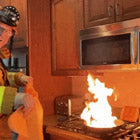 Fire
Fire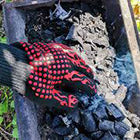 Safety
Safety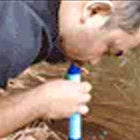 Survival
Survival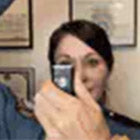 Protection
Protection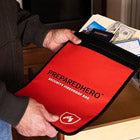 New
New Scouting America
Scouting America
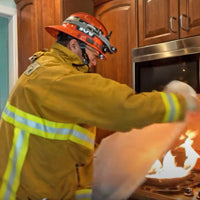 Fire
Fire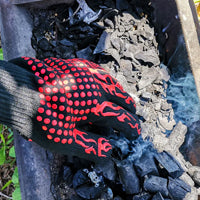 Safety
Safety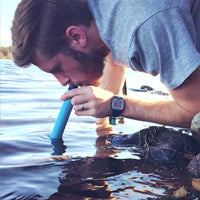 Survival
Survival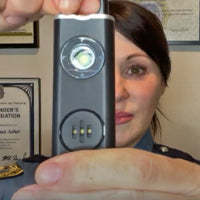 Protection
Protection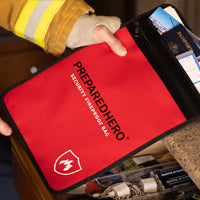 New
New
